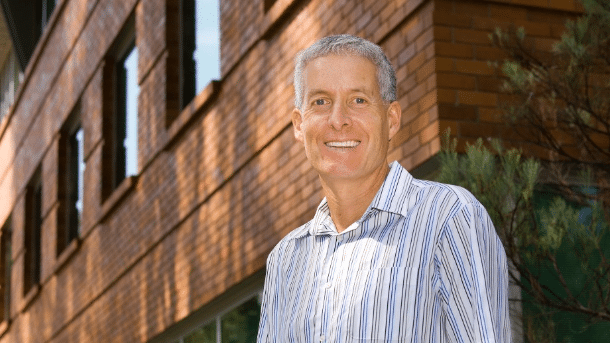Australia can easily reach its Paris emissions target at zero net cost by using renewable energy, a university study shows.
This would subsequently mean replacing coal-fired power stations with renewables like solar PV and solar batteries, according to Australian National University (ANU).
Modelling is based on a 2030 greenhouse emissions target of 26-28 per cent below 2005 levels.
Comparing new-builds, the cost of electricity from wind and solar power generators is significantly less than that of fossil fuel plants.
Two-thirds of Australia’s fossil fuel generators will need also replacing by 2036, the study claims.
Rapid fall in renewable cost helps emissions target
According to the study, rapidly falling renewable energy costs make the switch to clean energy a reliable, affordable option.

Lead researcher Professor Andrew Blakers says cost assessment includes:
- Stabilising the electricity grid with energy storage batteries.
- Stronger interstate powerlines to ensure grid reliability.
Meeting Paris targets by substituting gas for coal therefore means retiring 10 coal stations an average of 11 years prematurely.
Australia is also installing around three gigawatts per year of wind and solar PV, according to co-researcher Dr Matthew Stocks.
This rate enables Australia to meet more than half its electricity needs if continued until 2030, he says.
It amounts to Australia’s entire Paris greenhouse emissions reduction target.
Renewables dominate new power generation
Solar PV and wind power take first and second place in net global new generation capacity.
This ranking is measured by 2016 installation figures. Coal is however pushed into third place, statistics show.
Wind and solar PV therefore provide nearly all new capacity installed in Australia.
The Snowy 2.0 pumped hydro energy storage project could also provide half the new energy storage required to meet targets.
The other half could come from:
- More pumped hydro generation.
- Batteries in houses and electric cars.
- Improved demand management.
A 2017, ANU revealed 22,000 potential Australian sites for pumped hydro energy storage.












































